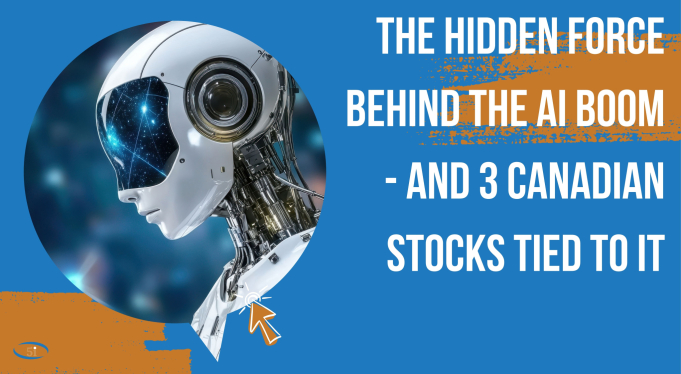The Importance of AI and How it Will Change Our Lives
Artificial intelligence (AI) is a concept that has been around for nearly a century, but its actual use and adoption have not transpired until just recently. Many individuals understand the broad idea of AI and some of its implications, but the speed at which this technology will scale will come as a shock to most. In a broad sense, AI is software that enables machines, computers, and more to perform tasks autonomously by reading and analyzing vast amounts of data simultaneously, recognizing patterns in that data, and executing tasks. The ability of AI to intake, process, and act on data at speeds dramatically quicker than humans is why this technology is so revolutionary and transformational.
What is most unique about AI versus other machines and software that we have today, is its ability to continuously learn in an unsupervised manner, teaching itself how to make adjustments based on past experiences or by learning new patterns from data. A recent example of how the autonomous features of AI software will scale exponentially is from an AI program developed by NVIDIA Research called Eureka that has taught robotic hands to perform complex tasks using a reward reinforcement system. This program taught robots by autonomously writing code via ChatGPT-4 to instruct robots how to open drawers and cabinets, toss and catch balls, use scissors, and more. The program then gathers the data following the completion of these tasks and instructs ChatGPT-4 to improve the code for greater efficiency. This is just one of many examples of how revolutionary this technology will be.
To get an idea of the addressable size of the AI market and how much it can contribute to economic growth, in Figure 1 we have outlined the estimated AI market size and growth until 2030. These growth rates anticipate a CAGR of 36.6% by 2025 and a total boost of 14% to the world’s GDP by 2030.
Figure 1
Source: toolsforhumans.ai
LLMs, Chatbots, Generative AI
LLMs, chatbots, and generative AI are perhaps buzzwords that some investors have heard of before, and here we want to dig into what these mean and their importance. Starting with Large Language Models (LLMs), these are models based on deep learning architecture that leverage the vast amount of data from the internet. These models intake large quantities of data from the internet, generate content that is readable and understandable by humans, via writing, drawing, or coding. LLMs use unsupervised learning, which means that they self-teach themselves to understand grammar, languages, knowledge, etc. ChatGPT is an example of an LLM, since it was trained and self-taught itself using existing data from the internet, and provides content that is understandable to humans (text, code, drawings).
ChatGPT is an example of a chatbot that is also an LLM, but not all LLMs are chatbots. Chatbots typically use LLMs to enhance their language comprehension capabilities. Some examples of LLMs that are not chatbots include: code generation models, language translation models, medical text analysis, legal document analysis, and more. Generative AI is a term that has been growing increasingly popular, and in simple terms it refers to any type of AI that generates original content. These models are mostly built on LLMs, and can accept audio, imagery, text, as inputs, and can produce code for 3D modeling, video output, act as voice assistants, and many other applications.
How AI Has Come to the Forefront through a Technological Breakthrough
Many individuals have been hearing of AI applications for years, but most have not been able to actually use an AI application, until recently with ChatGPT. It seems as though that overnight this technology was mass adopted and readily available for users, and this can be traced back to a technological breakthrough in 2017, called ‘transformers’.
In 2017, researchers at Google released a paper called “Attention is All You Need”, which introduced the transformer architecture. Before this paper was released, AI programs used other models which had resource limitations, computational constraints, and other setbacks. The transformer model was revolutionary in that instead of an AI program having to read and comprehend a sentence by each word in sequential order, the new model allows AI programs to read all words in a sentence at the same time, find relationships and patterns between various words, and produce the necessary output. This is where the ’attention’ aspect comes into play, AI programs now use transformer architecture to determine which words in a sentence to pay attention to. This breakthrough rapidly advanced the development of AI programs as they are more scalable and can be trained on larger datasets, and is a main reason why we have ChatGPT today. Now, the main benefit and also slight drawback to the transformer architecture is that heavy computation is required, as the AI programs need to analyze all words in a prompt at the same time. This is where the importance of GPUs come into play. GPUs support the analysis of multiple pieces of data at the same time (in parallel), making them the ideal hardware for AI.
🔒 Want to read the full article?
Subscribe to receive the full version - including 3 Canadian AI names that can benefit from the AI boom.
- Please fill out the form below and watch your email inbox. You will receive a copy of the full AI article, including 3 Canadian AI names.






Comments
Login to post a comment.